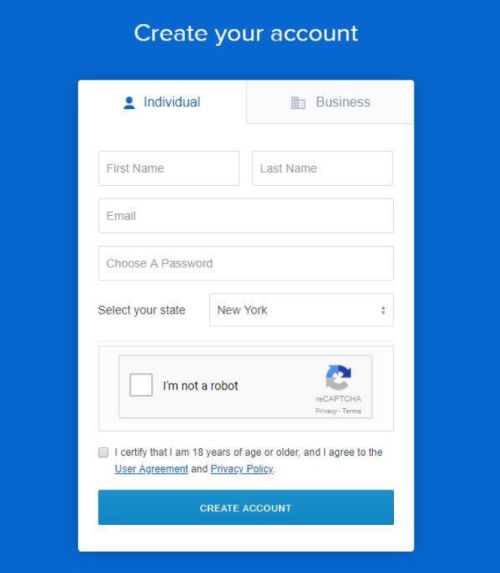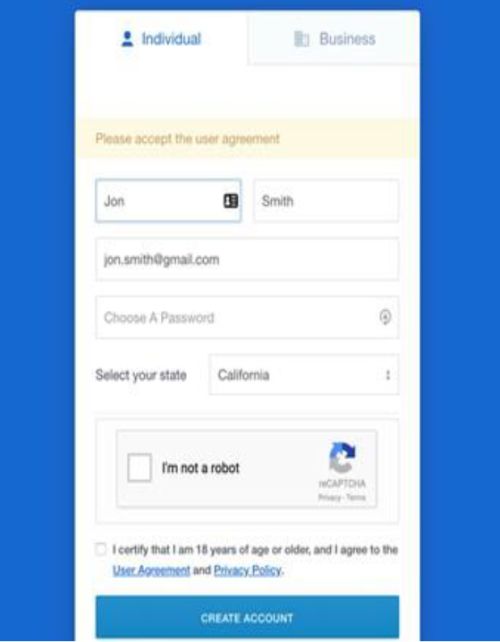In a recent blog post, we wrote about how the Second Circuit found the arbitration clause in a web service's terms and conditions unenforceable because the user did not have reasonable notice of the terms that were communicated via a hyperlink in a post-sale email. In contrast, a New York district court recently upheld an arbitration clause in Coinbase's account registration process and granted its motion to compel arbitration concerning claims brought by a user (Sultan v. Coinbase, Inc., No. 18-934 (E.D.N.Y. Jan. 24, 2019)).
This case sheds further light on the do's and don'ts of online electronic contracting and the enforceability of app-based terms and conditions. The decision reinforces the point that for purposes of establishing a binding agreement with a user – particularly in the context of a mobile app – simplicity and clarity of the user interface is desired. And, in particular, this case reinforces the point that has been illustrated in many cases before that the design of user registration pages should be done with the input of legal analysis as to likely enforceability.
In this dispute, the plaintiff alleged that the digital currency exchange Coinbase negligently failed to prevent a scam that allowed a third party hacker to steal more than $200,000 in Litecoins from his account. Specifically, the plaintiff stated that he called what he believed was Coinbase's customer support phone number to inquire about a pending transaction, but that the supposed Coinbase representative he spoke to was, in fact, a hacker, and that plaintiff disclosed enough information to allow the hacker to siphon digital currency from his account. Subsequently, the plaintiff filed suit, claiming that stronger security measures by Coinbase would have prevented the theft. Interestingly, the complaint asserted that Coinbase allegedly failed to comply with certain sections of the New York BitLicense regulation involving cybersecurity and fraud prevention, among others.
In response, Coinbase moved to compel arbitration pursuant to a provision in its user agreement. The district court granted the motion and held that plaintiff had inquiry notice of the terms, including its mandatory arbitration provision, and that he manifested his assent to that agreement.
As seen in the screenshot below, when the plaintiff created his Coinbase account he was required to input basic registration information and also click a box that acknowledged agreement with the user agreement: "I certify that I am 18 years of age or older, and I agree to the User Agreement and Privacy Policy" (where both applicable agreements were hyperlinked).

If the box was not checked, a user was prevented from completing registration and prompted to agree to the terms [see below screenshot].

Generally speaking, when assessing whether a user agreed to the a web service's terms (and ultimately agreed to arbitrate claims), the Second Circuit has stated that it looks to the design and content of the relevant interface to determine "if the contract terms were presented to the offeree in [a] way that would put her on inquiry notice of such terms." In validating Coinbase's "minimalist" interface, the court held its process for gaining user assent to its terms was enforceable:
"The account creation screen contains only five fields and two checkboxes. As in Meyer, the 'entire screen is visible at once,' with a minimalist layout and no distractions. The request to agree to the user agreement and privacy policy appears to be in a slightly smaller font than other text on the screen, but it is immediately above the 'Create Account' button and 'provided simultaneously to enrollment.'" [citations omitted].
Like all online businesses, digital currency platforms and other similar entities count on certain provisions in their user agreements in managing liability and risk, making it vital that such agreements are enforceable. As such, the Sultan case and other recent Second Circuit decisions on the issue of electronic contracting are a must-read. Design, consumer interface and placement decisions are more than just an aesthetic issue, but are important to the enforceability of user terms and conditions, particularly in the context of a mobile app, where simplicity and clarity are desired. Lawyers should be part of these creative and business decisions to ensure that design issues do not affect the enforceability of user terms.
Digital Currency App's Electronic User Agreement Held Enforceable
The content of this article is intended to provide a general guide to the subject matter. Specialist advice should be sought about your specific circumstances.

